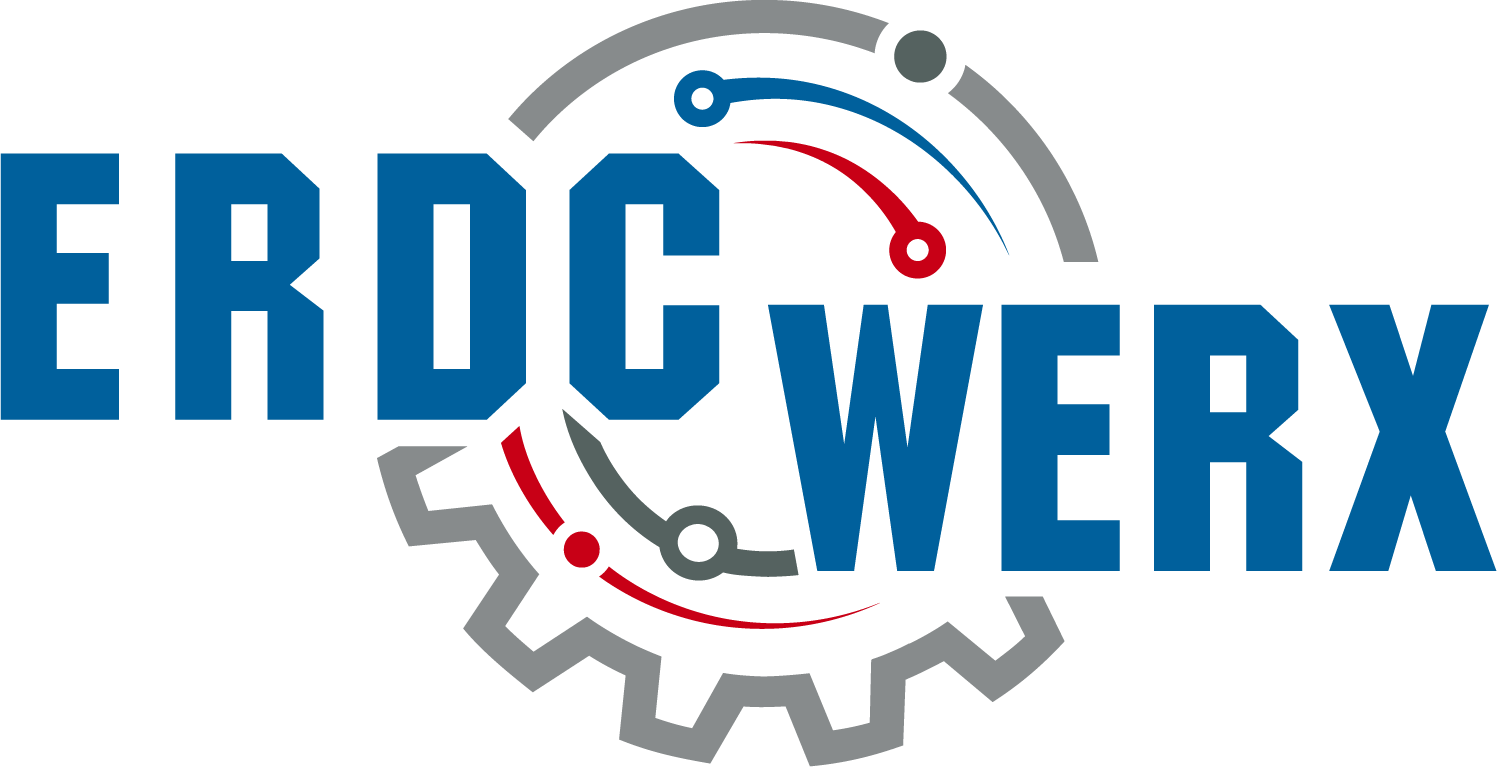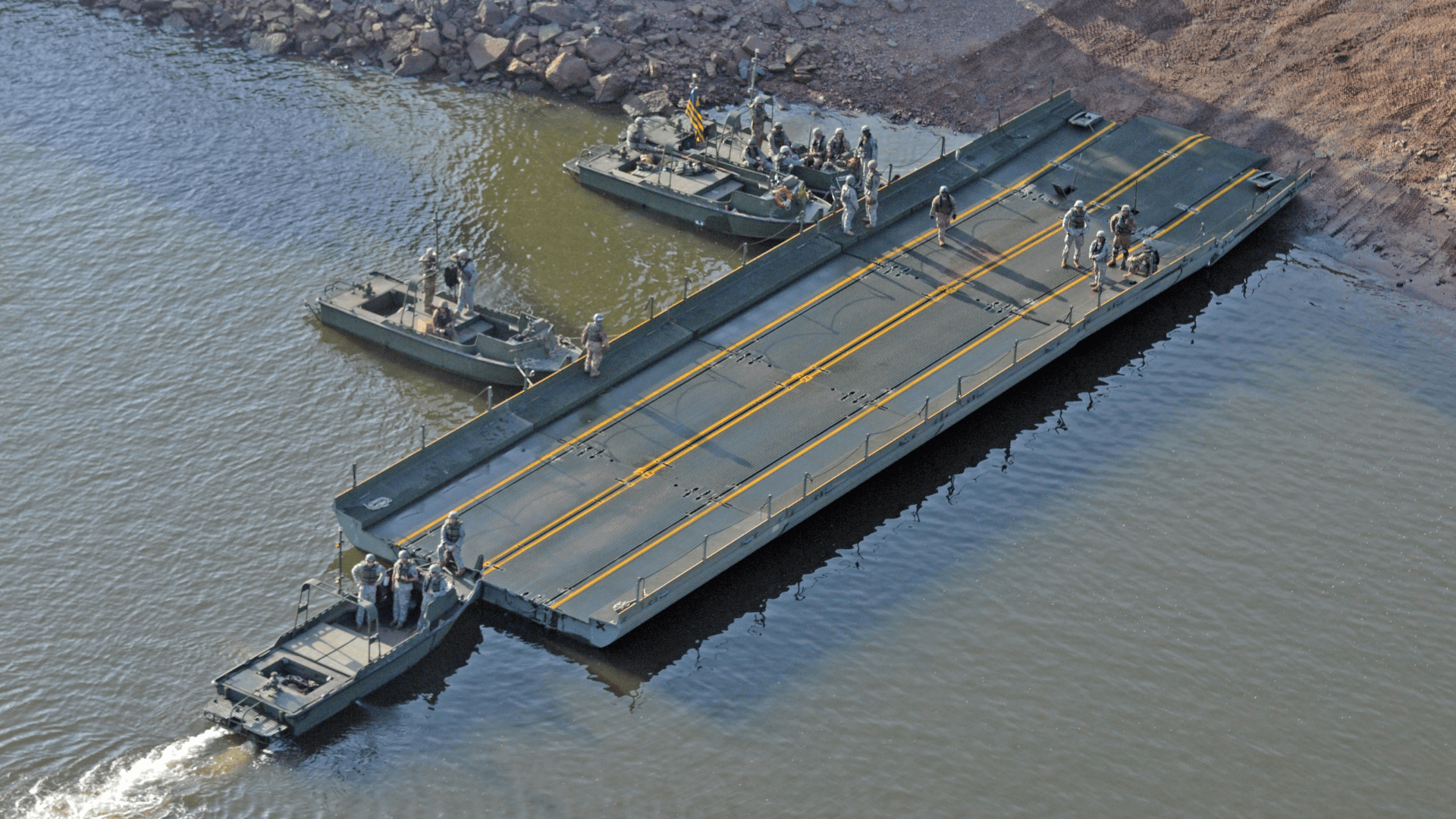Overview
The U.S. Army Engineer Research and Development Center (ERDC)’s Geotechnical and Structures Laboratory (GSL) seeks to identify solutions capable of autonomously performing functions currently undertaken by the Army’s Mk3 Bridge Erection Boat (BEB).
The U.S. Army utilizes the Improved Ribbon Bridge (IRB) for wet gap crossing operations across rivers. This design concept has been in service since the 1990s and is interoperable with previous models. The IRB utilizes boats and soldiers to piece together floating bridge bays in rafting or pontoon bridge configurations to cross vehicles. The capabilities sought will enable wet gap crossings in future conflicts that are faster and safer than current practices. Future operations require bridging technologies that are faster to deploy/construct, and with fewer soldiers exposed at the crossing sites. Autonomous bridging technologies will be a better fit for future combat formations operating with families of robotic ground vehicles.
Project Objective
The U.S. Army ERDC seeks to identify solutions capable of autonomously performing functions currently undertaken by the Army’s Mk3 Bridge Erection Boat (BEB). The Army is interested in autonomous BEB solutions that would be able to self-navigate and self-propel with a minimum amount of soldier labor. Ideal solutions will decrease the man-hours and workload required to install and maintain a tactical bridge during a wet-gap crossing scenario, increase soldier safety, and free up resources to perform other necessary tasks and battle drills.
Background and Operational Scenarios
Army engineer units provide bridging capabilities in assault, ribbon, and line-of-communications (LOC) categories. Bridging equipment creates gap crossing sites or lanes trafficable by combat and support units. The engineering challenges posed by gaps such as distance and water lead to technologies that are time and labor intensive, potentially within enemy territory. An assault bridge can be placed in minutes by the vehicle operators, a ribbon bridge in hours by a platoon, and a LOC bridge in days by a platoon. Future operations require bridging technologies that are faster to deploy/construct, and with fewer soldiers exposed at the crossing sites. This is perhaps most true of the ribbon bridges placed at wet gap crossings, operations tending to be reliant on surprise and taking place at or near the forward line of troops. As demonstrated by recent failures in the Ukraine conflict, wet gap crossings are hazardous to soldiers and equipment, and automation to hasten the process would pay dividends in future conflicts.
During a Wet Gap Crossing operation, a crossing site is selected where a Multi-Role Bridge Company (MRBC) will ferry vehicles across a river. Common Bridge Transporters (CBT) drop BEB into the river, and they stage along the shore near the slip site. More CBTs drop five IRB interiors and two IRB ramps into the river, which are caught and assembled by the boats.
The first interior bay is brought to the middle of the river and held in place by a BEB, then other BEBs bring the other bays to it for construction into a raft. Once the raft is complete, it may be connected to the BEBs in either the longitudinal or conventional manner, depending on river conditions. In conventional rafting, three BEBs nose into the raft perpendicularly to push it across the river.
At the slip site, the raft is swung into place so the ramp bites into the shoreline to facilitate loading and unloading. In longitudinal rafting, two BEBs attach to the raft parallel with the roadway and act as large outboard engines. At the shoreline, the raft is stabbed into the shoreline to facilitate loading and unloading. Both rafting methods require a non-commissioned officer (NCO) to stand in the middle of the raft and direct the boat operators, setting the speed, heading, and forward/back commands as necessary to guide the raft. Once the first raft is operational, a second raft is constructed, and the two operate simultaneously along the same raft centerline. Eventually a full enclosure IRB bridge is constructed, and the boats are situated along the bridge to hold it in place against the streamflow.
Requirements
ERDC GSL invites white papers that introduce technologies to improve the efficiency of BEBs and increase soldier safety and security. Partial solutions as well as modifications and/or entirely new watercraft systems may be considered. Proposed solutions can be an advanced idea or can build on existing technology. All potential solutions will be considered.
Note: Submissions should NOT include confidential or proprietary details. Submissions may be shared with other ERDC teams if there is an apparent fit with other ERDC projects.
Expected Result
Phase I: ERDC gains an understanding of the market, assesses the applicability of new and existing solutions for BEBs, and ascertains the experience and capability of the submitting parties. Down-selected parties will be considered to attend the July 2024 Protection and Maneuver Support Industry Exhibition at Fort Leonard Wood, MO, to present/discuss capability with senior leaders & stakeholders.
Phase II: Potential Follow-on Technology Demonstration – One-week demonstration of proposed autonomous system in a live river with a water velocity less than or equal to 10fps (Mk3 BEB and IRB bays provided by ERDC if necessary)
Potential Demonstration Scenario 1: Rafting between two slips on opposite shores.
- In a rafting configuration, an autonomous solution must be able to integrate multiple vessels.
Potential Demonstration Scenario 2: Hold & Maintain.
- Fixed river application will require multiple vessels working in concert.
Evaluation Criteria
Submissions will be evaluated based on the following criteria:
- Technical Merit – Feasibility and applicability of proposed solution
- Cost/Schedule – Preparedness and appropriateness of cost and schedule details cited
- Business Viability – Organizational capacity, years in operation, relevant specialties and capabilities
- Prototype/Demo – Technology Readiness Level (TRL) and availability of this solution for demonstration, if needed
Submissions must be formatted as prescribed in the white paper template. Submissions will be reviewed by ERDC/government subject matter experts and may be shared as appropriate with other ERDC parties.
Notional Project Schedule
Proposed project milestones include:
| March 29, 2024 | Project Announced, Submissions Open |
| April 8, 2024 | Question Period Ends, FAQ Document Finalized |
| April 15, 2024 | Submissions Close |
| April 29, 2024 | Downselected Vendors Notified |
| July 23-25, 2024 | Selected Vendors Attend 2024 Protection Week Expo |
| Fall 2024 (TBD) | Potential Follow-On Technology Demonstration |
*If needed; dates may vary to accommodate project team and participant availability.
How to Participate
- Submit specific details by providing a white paper (download template)
- Review FAQs
- Once white paper is ready to submit, complete the submission form
Questions: Please send all technical and administrative questions using this form. Q&A will be updated periodically. It is the responsibility of the offeror to review Q&A prior to submitting.


